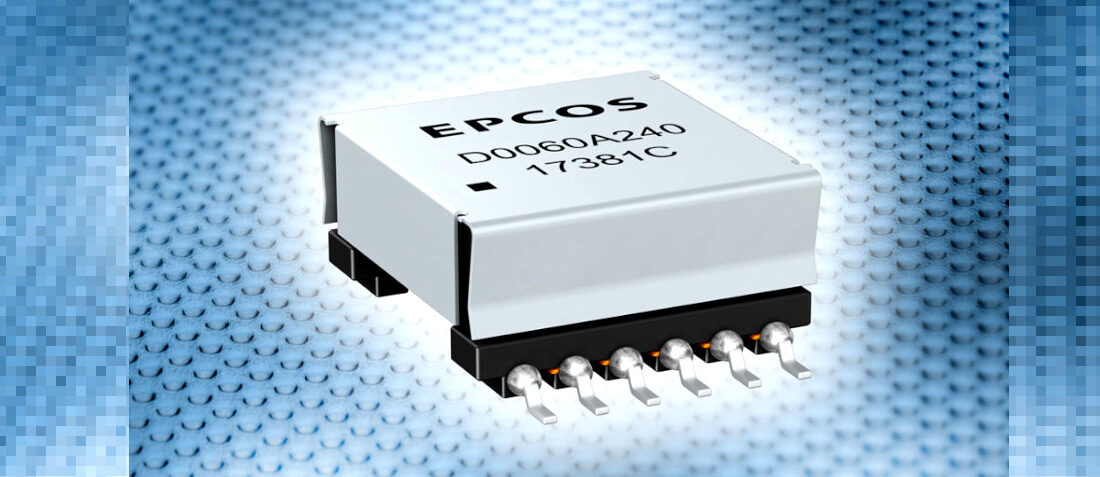
Pulse Transformers and More Reliable Wired LANs
- Posted by doEEEt Media Group
- On June 12, 2022
- 0
Over the past decade, innovations in technology have helped wireless connections become more prevalent and more reliable, allowing for shared connections across devices and across greater distances. Wireless definitely has its place. However, wired LANs have many benefits that are critical to the design of most networks. They include speed, less electromagnetic interference (EMI), better security, more stability, and greater reliability. With new technological advances, the advantages of wired LANs are exponentially increasing.
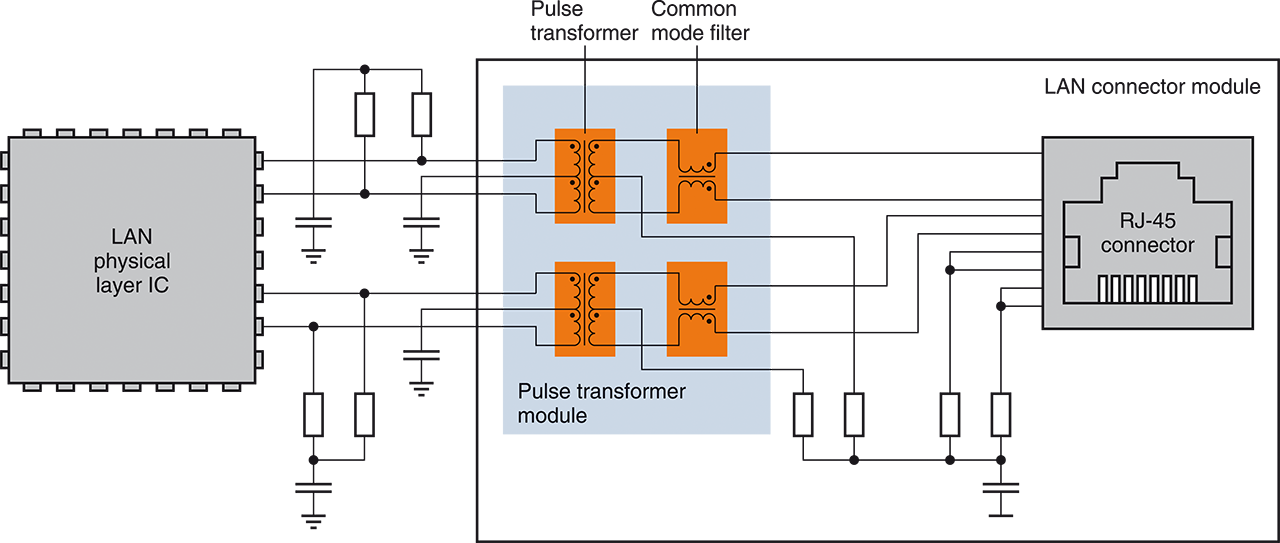
1. Pictured is a LAN interface structure (100BASE-TX) with two pulse transformers and two common-mode chokes. (Image source: Product Marketing Magnetics, EPCOS Inc., A TDK Group Co.)
We often associate wireless with the Internet of Things (IoT), but it is also powered by wired LANs. For example, as more servers, PCs, laptops, smart TVs, audio/visual devices, wireless access points, and other digital devices increase within a network, ensuring that a quality wired LAN is as close to the devices as possible will help safeguard the success of the network. Simply put, they rely on wired LAN connectivity to work well.
As a result, the number of servers and routers that serve ever more LAN ports will continue to grow—as will the multitude of consumer devices, such as notebook PCs, digital TVs, and other audiovisual devices, that will profit from the benefits of wired LAN connectivity.
The Key to Reliable Wired LANs
In order for wired LANs to work, pulse transformers send rectangular pulse transmissions. Pulse transformers are just like any other transformer; they contain both primary and secondary windings within a single core. The galvanic separation helps to protect sensitive ICs and networked devices within the network from DC bias. In addition, these cores prevent pulse waveform distortions across a wide frequency range. They also have low losses that transmit pulse waves, having many different frequencies resulting from the Fast Fourier Transform.
Newer LAN pulse transformers, which have been developed over the past several years, use high-performance ferrite materials within the core. In addition to improving performance, this helps the transformers have a longer operational lifespan.
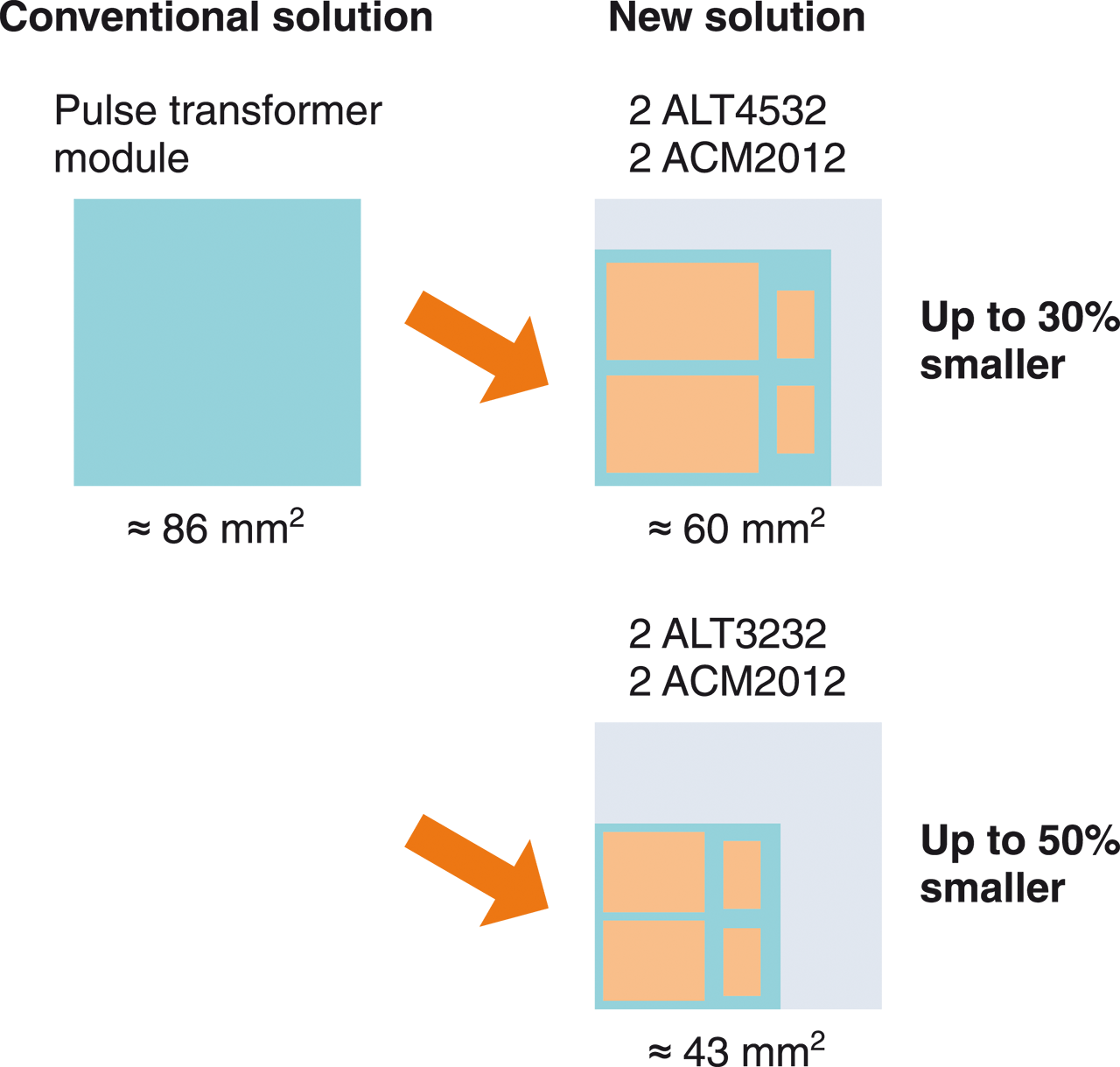
2. A new type of common-mode choke is manufactured using advanced materials and auto-winding processes. This produces pulse transformer modules that are small enough to be integrated in standard RJ-45 LAN connectors. (Image source: Product Marketing Magnetics, EPCOS Inc., A TDK Group Co.)
LAN pulse transformers are typically used alongside a common-mode choke to form a pulse transformer module, which limits common mode noise entering or exiting the system. A pulse transformer module is often embedded within the RJ-45 connector to form a connector module. As a result, LAN pulse transformers must be extremely compact to be used in standard RJ-45 connectors (see figure 1).
Extremely Reliable Performance
The demand for SMD LAN pulse transformers has increased significantly over the past several years, particularly as more devices become connected. However, traditional, manual production methods have been the norm. In order to speed manufacturing and improve the performance, quality, and miniaturization of pulse transformers, new manufacturing methods and pulse transformer designs needed to evolve.
To improve performance, pulse transformer modules utilize ring cores in both the common-mode choke and the transformer. Ring cores have a lower leakage flux due to their design, which minimizes air gaps that are normal characteristics of other core shapes. In addition, ring cores can be manufactured using an auto-winding process, preventing unevenness across the manufacturing process and within production batches—even for compact SMD designs.
These new manufacturing processes have helped to create entirely new types of SMD common-mode filters and LAN pulse transformers. Engineers found that using a coil carrier in SMD common-mode chokes—with a rectangular profile (DR core) that is automatically wound and bonded to an SP ferrite core or plate—would create the functional equivalent of a ring core. In order to accomplish this design, a special Ni-Zn ferrite material is used within these cores to create high magnetic permeability and saturation flux density throughout the temperature ranges that are typically found in LAN environments.
In addition, these types of SMD common-mode filters and LAN pulse transformers employ automated thermo-compression bonding for the connector electrodes and wires. In doing so, they provide higher quality components with uniform characteristics, a smaller footprint, and an overall lower cost of manufacturing.
While automating production, this advance in the manufacturing process improves the quality and stability of the core. It also enables pulse transformer modules to be miniaturized and made small enough to be integrated with standard RJ-45 LAN connectors in package size 3232 (as small as 3.2 mm × 3.2 mm × 2.9 mm). Using these techniques and manufacturing processes can reduce most 100BASE-TX pulse transformer modules by as much as 30 percent with a footprint that uses as little as 50 percent of the space as traditional LAN pulse transformers (see figure 2).
With these innovative manufacturing processes, pulse transformers may exhibit very low insertion loss of 1.5 dB or below over the range of 0.1 MHz to 100 MHz. And, with the advances in miniaturization, they may not exceed 2.5 dB over the same range (see figure 3).
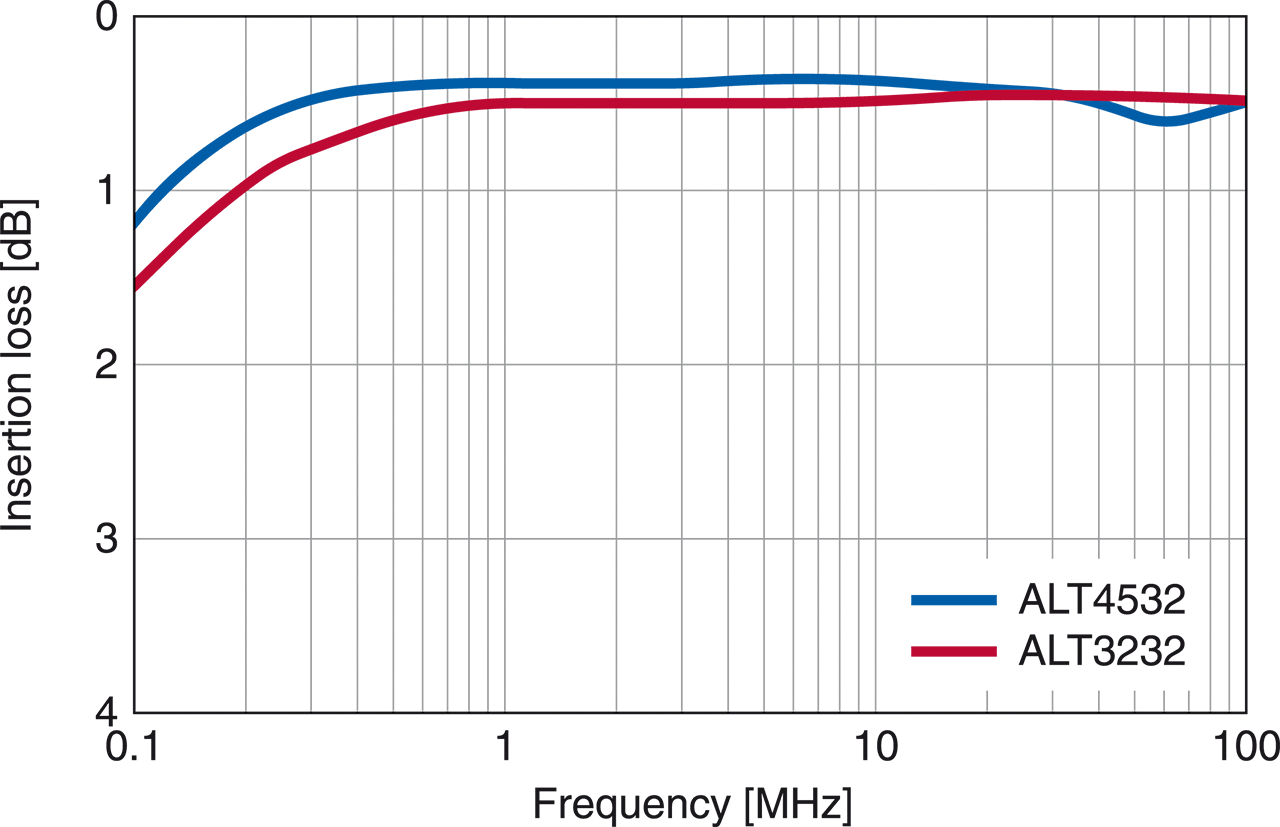
3. Shown is the insertion loss of an SMD pulse transformer that is operating below 1 dB over a very broad frequency range. (Image source: Product Marketing Magnetics, EPCOS Inc., A TDK Group Co.)
Source: Design News article
Joe Pulomena, director of product marketing magnetics at EPCOS Inc., A TDK Group Company, explained benefits of often forgotten wired LANs benefits and pulse transformers benefits to its reliability in his Electronics & Test Automation article.
- Space-Grade components available for immediate delivery - April 10, 2025
- Managing EEE components for LEO and lower cost space missions - December 17, 2024
- Filtering Characteristics of Parallel-Connected Fixed Capacitors in LCC-HVDC - November 21, 2024


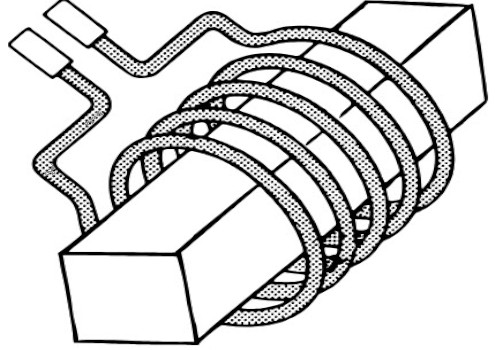
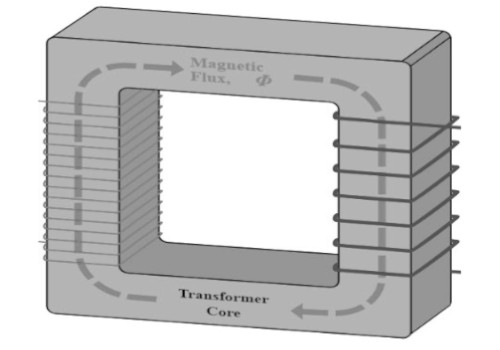
0 comments on Pulse Transformers and More Reliable Wired LANs